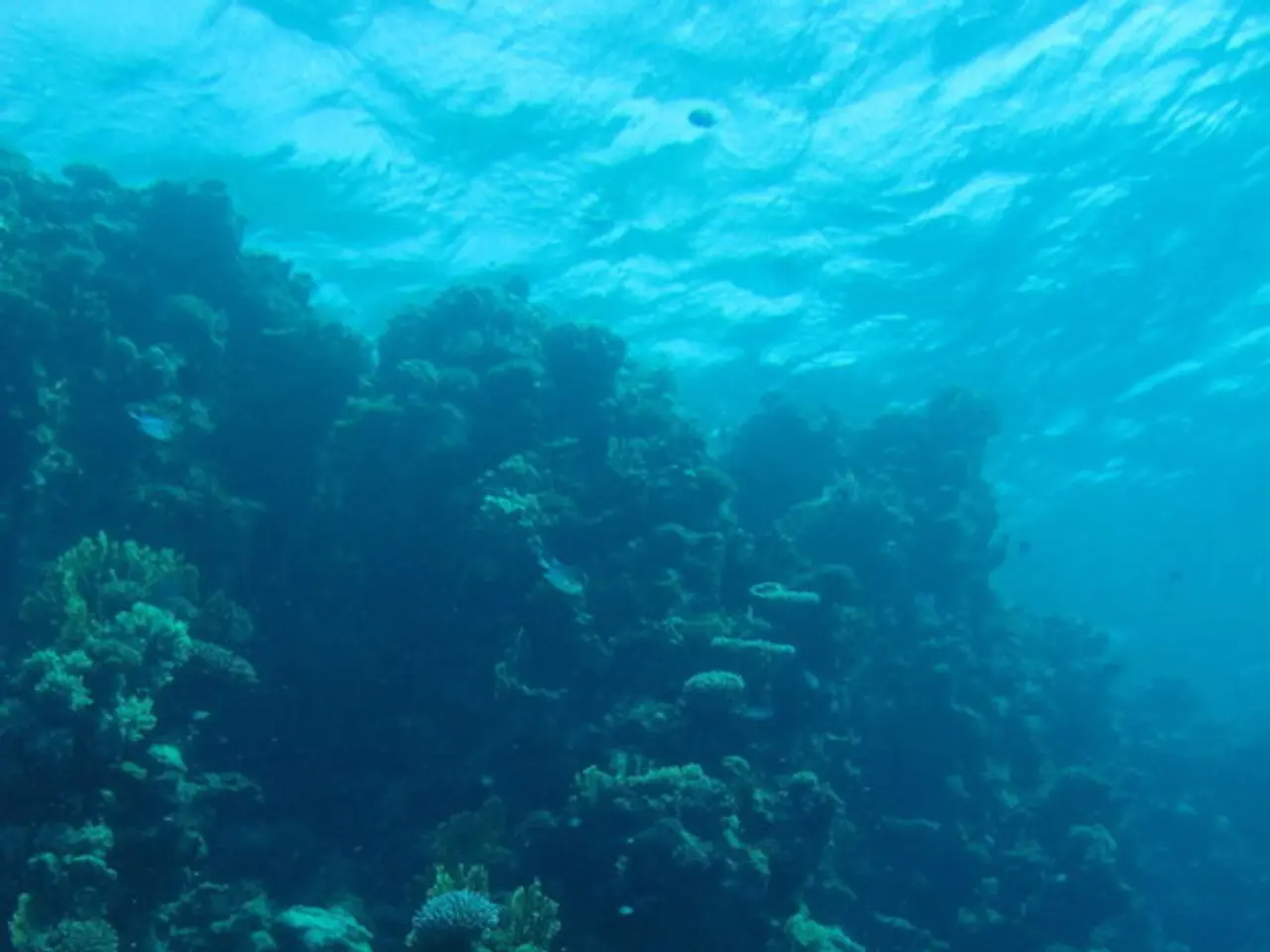Capital Market Innovation: The Impact of Blue Bonds
Blue bonds are revolutionizing the financial landscape, offering a unique opportunity to invest in projects that support the sustainable management of our oceans and water resources. Here's a step-by-step guide on how these innovative financial instruments are issued and the types of projects they fund.
The Blue Bond Journey
Issuing a blue bond involves a meticulous process designed to ensure transparency, credibility, and compliance with international standards.
- Preparation and Framework Development: The issuer lays the groundwork by developing a clear framework that outlines the use of proceeds, eligibility criteria for projects, and aligns with recognized principles, such as the Green Bond Principles with a blue finance focus.
- Project Identification and Selection: Suitable projects are identified, focusing on those that deliver positive environmental outcomes related to ocean and water resources. Projects may include ocean-related conservation, water production and supply infrastructure, research and development expenditures, or investments in companies dedicated to sustainable water or ocean activities.
- Review and Validation: To enhance transparency and credibility, the bond framework undergoes second-party opinions or external reviews to confirm its environmental credentials and compliance with international standards.
- Marketing and Issuance: The bond issuer markets the blue bond to investors, preparing necessary documentation and fulfilling regulatory requirements. Listing the bond on a recognized exchange, such as Euronext, ensures access to a broad investor base, with a streamlined approval and documentation process facilitating issuance.
- Use of Proceeds Management and Reporting: After issuance, proceeds are allocated to the designated projects, with ongoing monitoring and periodic reporting to investors on environmental impact and fund usage, in line with the original framework.
The Blue Bond Impact
Blue bonds are making waves in the financial world, with significant growth since the first blue bond was issued in 2018. These innovative financial instruments are seen as a way of addressing the least funded UN Sustainable Development Goal (SDG), SDG 14 (life below water), and providing economic, social, and environmental benefits to all stakeholders.
The blue economy is expected to double in size to U.S.$3 trillion by 2030, creating 40 million jobs and making it the eighth largest economy in the world, with an asset value estimated at US$24 trillion. Blue bonds are typically used for large-scale infrastructure projects related to the blue environment, such as maritime transportation, marine renewable energy, coastal ecotourism, sustainable energy, sustainable marine fisheries management, sustainable aquaculture operations, seafood supply chain sustainability, clean water and waste water management, and port infrastructure.
Embracing the Future
While blue bonds represent a promising avenue for sustainable financing, there are concerns over greenwashing in the market. However, with increased transparency, rigorous project selection, and robust frameworks, the blue bond market continues to grow and gain recognition as a powerful tool for fostering a sustainable blue economy.
For more information on the blue bond market, you can consult the International Finance Corporation, ICMA, UN Global Compact, World Economic Forum, and T. Rowe Price. Additionally, blue bonds can also be issued in a debt-for-nature swap structure, where a developing country's external debt is forgiven or reduced in exchange for local environmental conservation measures, as demonstrated by countries like Seychelles, Indonesia, Colombia, Gabon, Belize, and Barbados, and facilitated by The Nature Conservancy.
- The process of issuing a blue bond involves creating a framework that outlines the usage of proceeds, eligibility criteria for projects, and aligns with environmental principles such as environmental science and climate-change focus.
- Blue bonds, an innovative financial instrument, are utilized for large-scale projects in the blue environment, including maritime transportation, marine renewable energy, sustainable fisheries management, sustainable aquaculture operations, seafood supply chain sustainability, clean water and waste water management, and port infrastructure, thereby supporting the goals of environmental-science-based SDG 14.
- Investors can finance projects geared towards the sustainable management of our oceans and water resources by investing in blue bonds, thereby contributing to the economic growth, job creation, and asset value increase in the rapidly expanding blue economy.




